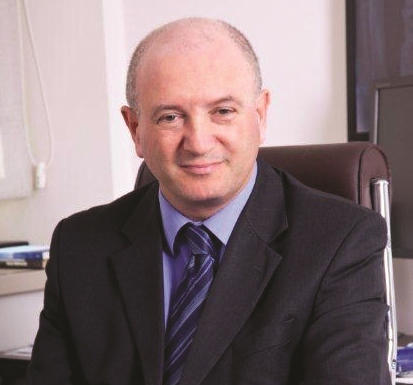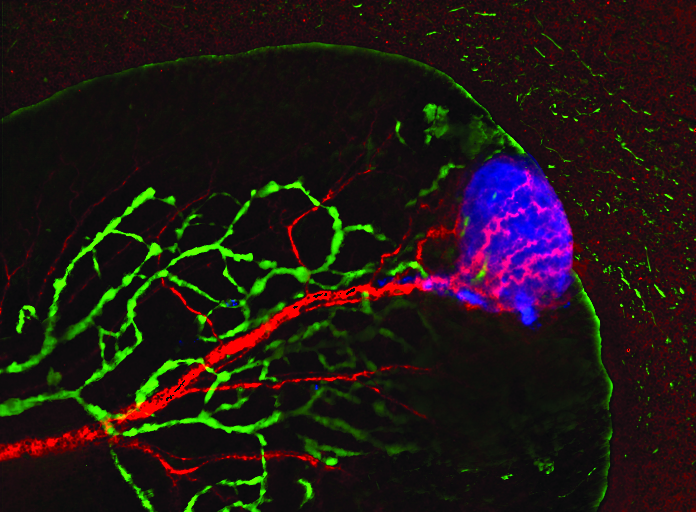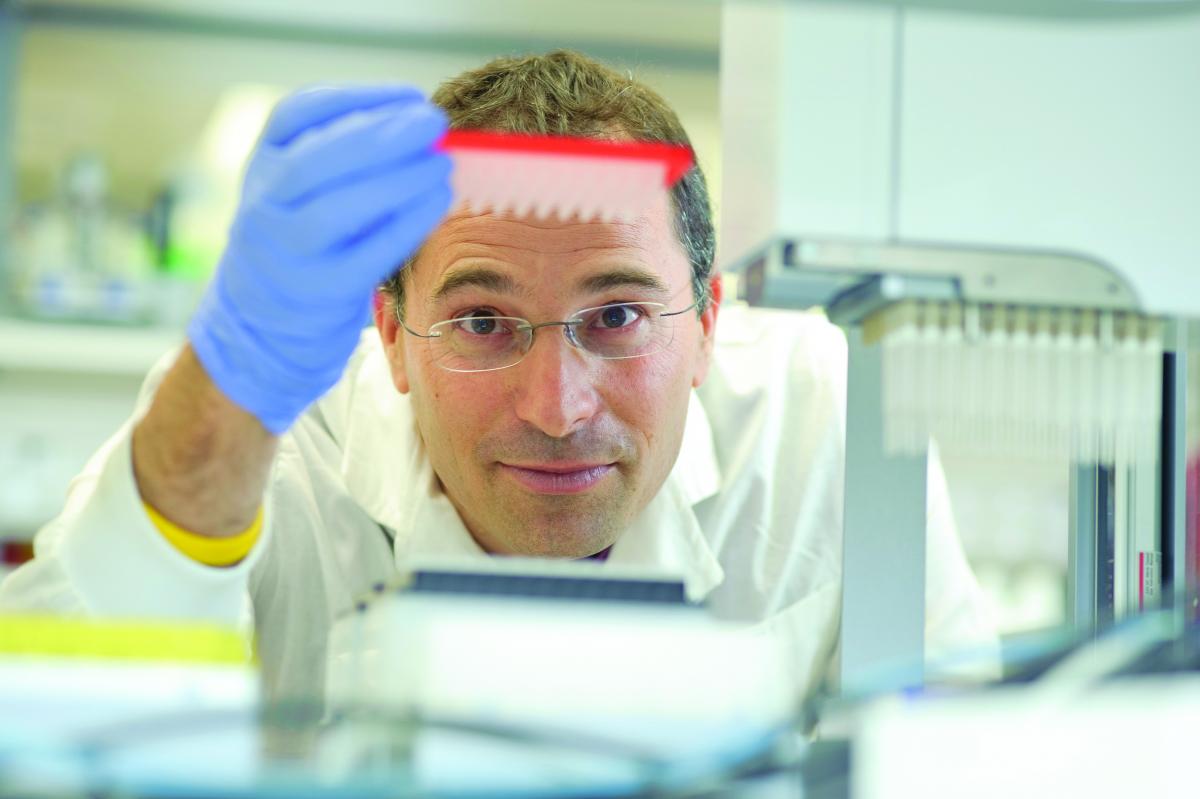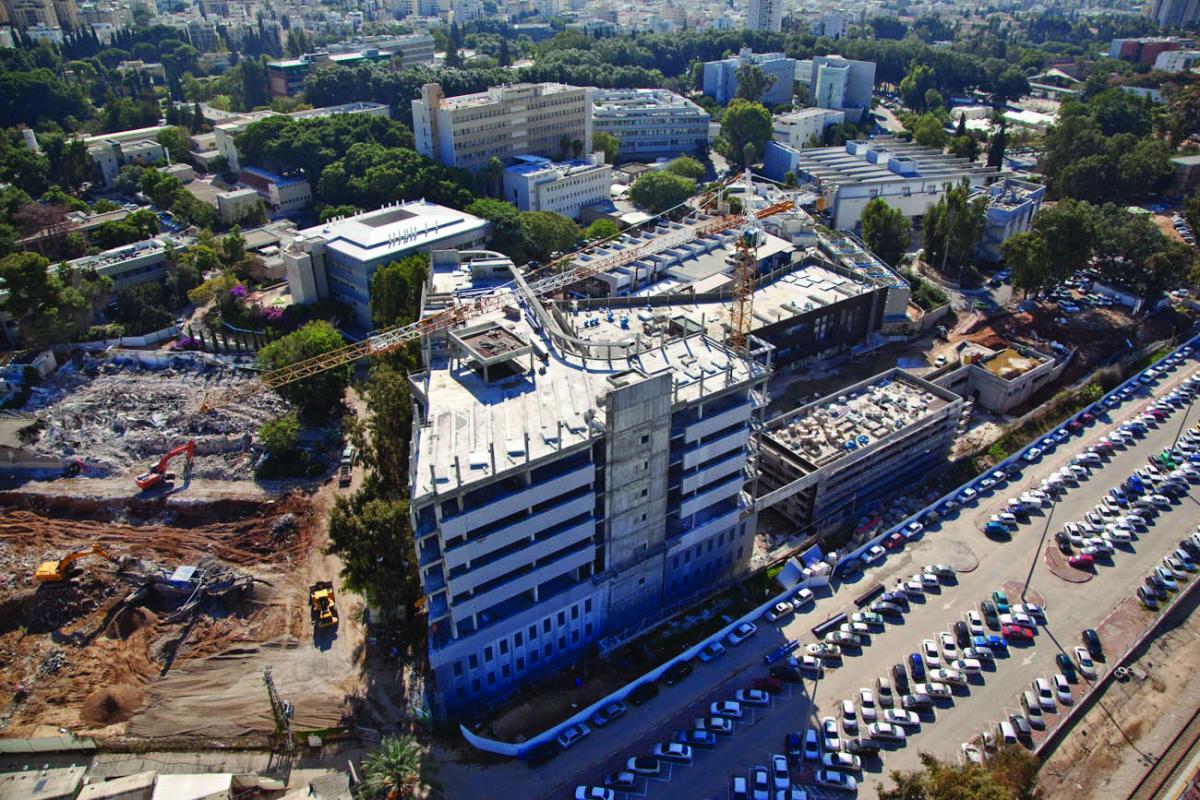All of these specialized labs will be located inside the "solar tower," which was given to us many years ago by our Canadian friends. They have generously agreed to the transformation of the building into a modern facility for biomedical research. I expect this project to have atremendous impact on the whole academic, medical and industrial community in Israel. With the wheels of the INCPM in motion, the Institute is participating in the most exciting scientific adventure of this decade: translating the knowledge gained from deciphering the human genome and protein structures into practical medical applications for individual and public health.
Independent of this national initiative, we have established the new Henry Chanoch Krenter Institute for Biomedical Imaging and Genomics, which will enable Institute researchers to interpret visual data and distinguish biological components on an increasingly minuscule scale - giving them the ability to peer at cells and even inside cells, and witness them in action. The Weizmann Institute is home to a cluster of leading research groups with expertise in genomics and cancer; its multidisciplinary culture combined with the new state-of-the-art imaging equipment puts the Institute in a position to make significant progress in research on malignancies. The Henry Chanoch Krenter Institute for BiomedicalImaging and Genomics will accelerate the development of a comprehensive understanding of cancer and its many facets in experimental settings and in clinical oncology,as well as advancing diagnostics and individualized therapies.
Our work in these facilities will continue to be deeply connected to the Lorry I.Lokey Preclinical Research Facility on campus, which was established several years ago and is a vital factor in moving the basic research findings of Institute labs toward medical application. I have no doubt that with all these new moves, we are not only beating inertia but keeping our lead position in life sciences research, both in Israeland in around the world.
In an unrelated, but nonetheless exciting development, we are moving forward with the new Dangoor (D-REAMS) laboratory. This lab will enable us to provide new data and new analyses from archaeological findings; it is currently being established within the framework of the new Max Planck-Weizmann Institute of Science Center in the Field of Integrative Archaeology and Anthropology.(For more on this collaboration, see
Joint Archaeology Center.)
Another highlight of the year was the dedication of the new David Lopatie Hall of Graduate Studies, housing the Feinberg Graduate School. We are also upgrading the attractiveness of our graduate school by creating a new program for graduate students, which will be called the David Lopatie Fellowship Program.The goal of this program is to attract to our campus the best of the best in Israeland abroad by offering them unique programs and opportunities. (For more on the Graduate School, see
Feinberg Graduate School.)
Institute scientists have a long tradition of working hand in hand with research groups beyond the campus gates, both within Israel and around the globe. Among the many collaborations in which the Institute has participated this year, several are particularly notable. Two are with the Technion - in brain science and in alternative energy- and they are propelled by the Adelis Foundation, and the Leona M. and Harry B. Helmsley Charitable Trust, respectively.Weizmann scientists are also working with their counterparts at Memorial Sloan Kettering Cancer Center in New York to advance clinical trials on photodynamic therapy for prostate cancer, backed by the Wade F. B. Thompson Foundation. This is a therapy whose main mechanism is based on insights from a plant science lab at Weizmann into how plants utilize sunlight- resounding proof that cross-fertilization between scientific disciplines brings results.(For more on the Weizmann Technion collaboration, see
Synergy in Energy Research.)
On campus, the number of science programs for schoolchildren and teachers continues to expand under the auspices of the Davidson Institute for Science Education. More than 70 programs are on offer today. I am especially pleased to report that the planning of the new HEMDA Center for Science Studies in Rehovot, adjacent to the Weizmann campus and the Davidson Institute, is now under way. HEMDA is a unique model of regional science education that helps students from area high schools perform their chemistry and physics coursework. In state-of-the art labs and classrooms, the students receive guidance from the best teachers in their fields. The original HEMDA Center in Tel Aviv - the brainchild of the Institute's former President, Prof. Haim Harari - has been a huge success. The Rehovot facility will build on this success, as well as benefiting from its proximity to campus.



